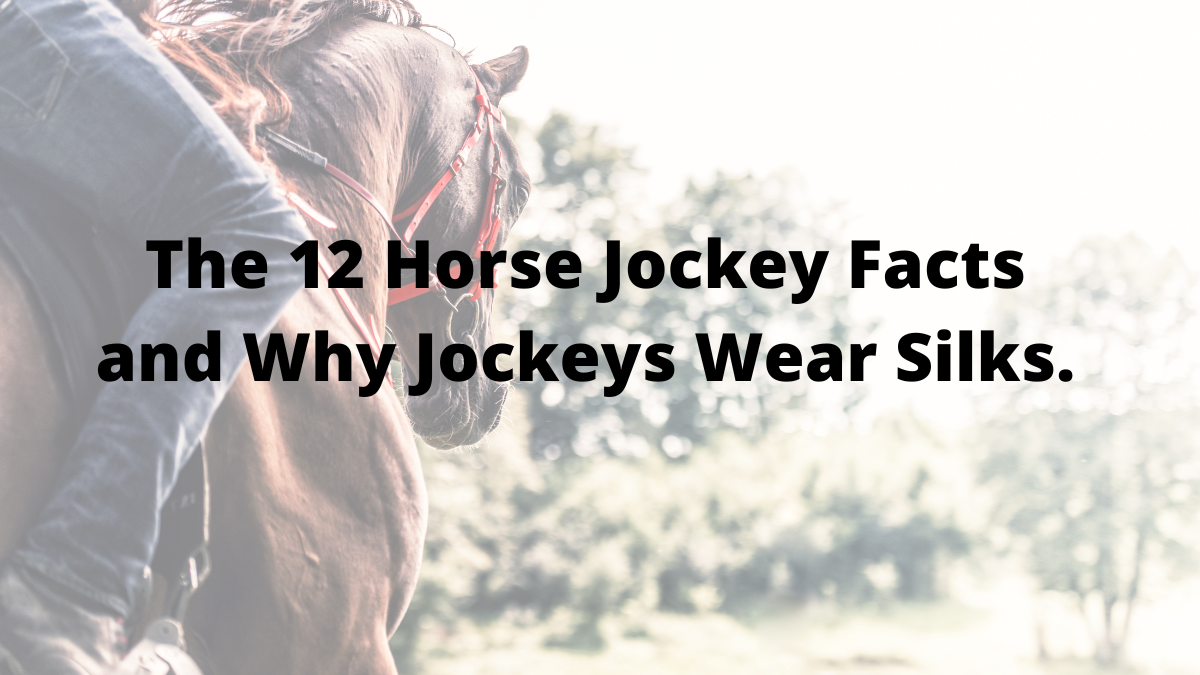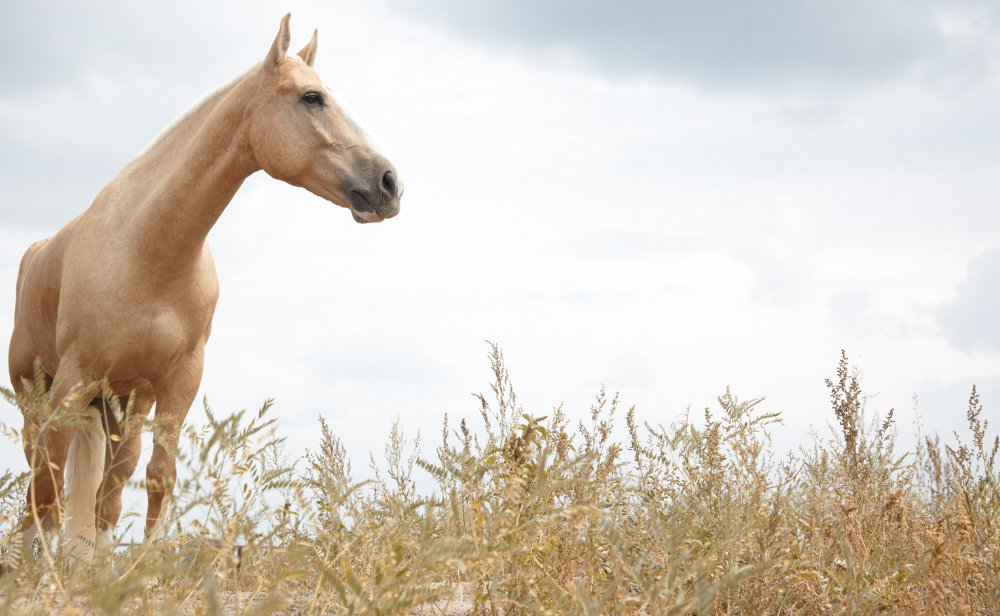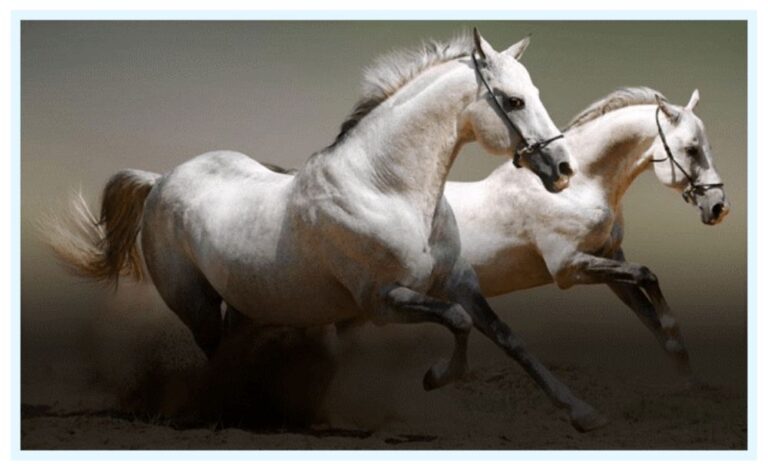The 12 Horse Jockey Facts and Why Jockeys Wear Silks.


My grandson observed the jockeys wearing variously coloured silk shirts during our most recent trip to the racetrack. After watching this, he inquired why jockeys were required to wear silks.
The owner’s silks are needed for jockeys to wear. The horse owner notifies the racing commission at the track of the pattern and colour of the silks. This procedure makes sure the silks are distinctive and makes it easier to recognize the horses when they are racing.
When people watch horse racing, they frequently notice the riders’ bright tops but don’t give them much thought. However, they ought to do so because silks have a rich history and can reveal some important facts.
Describe silks.
The jackets that jockeys wear during races are made of silk. When you next visit a racetrack, go to the paddock and pay attention to the jockeys coming out of the locker rooms.
The “silks” can be identified by their tops, which are brilliantly coloured. For each race, a rider will likely wear silks in various hues and patterns. Ever ponder the reasons why?
The silk used to be used to make jockey silks because of how lightweight it is. Today, however, a wide variety of alternative materials, including nylon, lycra, and composites of both, are readily accessible that are as lightweight and significantly more resilient than silk.
Additionally, these materials can be formed in the body, giving them an aerodynamic advantage. Anything that can aid in taking the lead is advantageous in horse racing.
The purpose of jockeys’ silks
The horse owner selects the silks hues and designs. Owners of racehorses, who may be either a single owner or a syndicate, must register their silks. Although silks may resemble one another, no two sets are precisely identical.
Owners may have a personal connection to the silks style, such as a family crest, or they may admire the design. The jockey club has more than 20,000 silk registrants from all around the world. (Click here to view a sample silks registration form.)
Typically, silks are a one-size-fits-all type of clothing.
Thoroughbred jockeys typically wear identical-sized silks. They are made to be worn by jockeys tucked into their pants over protective vests. However, the size of steeplechase riders and quarterhorse jockeys can vary greatly; therefore, silks must be chosen appropriately.
What is the cost of a set of silks?
A typical set of silks, which includes the helmet cover, costs around $200; the cost varies according to the manufacturer, the material, and the pattern design.
Jocks stand in the stirrups for what reason?
I recently noticed the jockeys standing in their stirrups at roughly the moment I watched a horse race. Their stance caused me to wonder if there is a set pattern for jockeys standing in their stirrups.
To improve their chances of winning, jockeys stand in the stirrups during a race. They adopt a position known as the “monkey crouch.” By supporting the riders’ weight, this position lowers the amount of energy a horse must expend to move.
Horse racing has existed since dawn, but until recently, the riders sat in the saddle during the event.
Racehorse riders started putting themselves in a crouching stance during the race at the turn of the 20th century. The saddle stirrups allowed the jockeys to support their weight.
The pace of racehorses from earlier decades significantly increased. I advise reading my essay on the topic if you want to learn more about how jockeys can make a horse run faster.
When in the stirrups, jockeys maintain a level posture.
When a jockey is seated in the stirrups, horses move quicker. Although crouching causes less wind resistance, that isn’t the primary factor in speed improvement.
The Royal Veterinary College in London used sensors to track jockeys riding racehorses to learn how riding techniques impact speed. Their measurements show that motorcyclists remain mostly level while squatting.
Standing in the stirrups allows jockeys to maintain their level posture, which keeps the horse moving quickly. While keeping their bodies off the saddle, jockeys exert a lot of effort to lighten the horse’s load.
Their legs act as shock absorbers to stay level on a moving horse. Because it is no longer required to lift the rider when striding during a race, the horse can use less energy. You may read a thorough article on the Science blog by clicking here.
What does a jockey make per year?
I’ve recently observed that a small number of jockeys routinely ride many of the racehorses that take home significant payouts. I was curious about the jockeys’ salaries after noticing that the same one constantly crossed the finish line first.
Jockeys make a wide range of salaries each year. The highest-paid jockeys can make seven figures, while the lowest paid get around $30,000. Instead of receiving compensation, jockeys make their money via mounting fees and a percentage of the payout.
Owners pay a mounting fee when a jockey rides a horse in a race. No of where he places in the race, he will receive this money. A mounting charge is often paid for $60. Five horses can be easily ridden by a jockey each day.
Through purse money, jockeys can boost their earnings. The purse is the sum of money awarded to a horse who places in the top three of the standings. Typically, first through fifth-place finishers receive payouts at racetracks.
The rider receives a portion of the winnings; typically, in the United States, the rider gets 10%. Of course, depending on the race level, the purse varies in size. (See my post regarding the source of purse money)
Expenses
Since they work for themselves, jockeys must use their profits to cover their expenses. They hide their costs for supplies and travel while paying agents and valets a commission. Typically, fees represent 30% of revenues.
Who earns the most money as a horse jockey?
The highest-paid jockey in history is John Velazques, born in Puerto Rico. More than $300 million have been gained by him. He has amassed 13 Breeder Cup victories and three Triple Crown victories.
Why do jockeys use so many different pairs of eyewear?
I observed the winning jockey of the Kentucky Derby wearing numerous goggles around his neck when I was watching the post-race interview. I questioned why he was wearing these filthy goggles hanging around his neck.
Jockeys have multiple pairs of goggles on, so they can take off the dirty ones and ride with a new team. On an open muddy course, they are permitted to don up to nine pairs of goggles. A rider who is unable to see has little chance of winning and is more likely to suffer an injury or be the cause of one.
When a car’s wipers are absent, goggles function similarly to the windshield. They safeguard you and maintain a clear line of sight. They become filthy during a horserace and block the jockey’s view of what is happening before him.
Why do jockeys speak strangely?
Although not all jockeys do, a lot of them do; this is related to their size. A more resonant bottom sound than a smaller one produces a smaller one.
Anatomically, a higher-pitched voice is produced by having a smaller airway and shorter vocal cords. Consider the higher-sounding thinner strings on a guitar or fiddle.
Why do jockeys wear bow ties?
The bowtie is not a requirement for a jockey’s riding gear. The horse owner’s silks will probably match the rider’s bow tie if they want to wear one. One could wear it as a fashion statement, I suppose, but that seems unlikely.
Who was the most outstanding jockey ever?
William Shoemaker is the all-time most outstanding jockey. He was born in 1931, and at age 18, he won his first race. He rode for 41 years, took earned $123,375,524 as a jockey and $3.7 as a trainer, and won 8,883 races.
During his racing career, he won the Breeders Cup Classic twice, the Preakness once, the Kentucky Derby four times, and the Belmont five times.
What qualifications are needed to ride a racehorse?
Want to ride horses? Be prepared to put in a lot of effort and be willing to accept the possibility of getting hurt. Most riders began their careers by cleaning stalls, hot-walking horses, and working for a trainer. They would then ride horses in the morning. Although the number of fatalities in racing has dropped over time, jockeys are still very likely to get injuries.
The American Racing Academy in Kentucky does, however, provide a jockey curriculum. You need to have completed high school and have the equestrian experience to be admitted. Most states enable 16-year-olds to obtain an apprenticeship license.
After receiving your apprenticeship license, the following stage is to obtain your journeyman jockey license. You must fulfil specific health standards, pass an exam, and have spent a particular time in a stable to advance to this level. Because the standards differ by track and state, check the regulations in your area.
jockeys’ average height and weight
A jockey must be able to maintain a low weight without weakening to be successful. It takes commitment and mental fortitude to lose weight without losing muscle.
A jockey must maintain his balance while steering a fast-moving horse; this is no easy task. A jockey’s average height and weight are between 4’10” and 5’6″, and a rider typically weighs 108 and 118 pounds.
For each race, a certain amount of weight is required of the horses. The amount of weight is decided when the race’s rules are written, usually three days before the event.
The jockeys have time to modify their weight because of the short notice. A jockey may occasionally carry extra weight while racing.
Who is the all-time shortest jockey?
Julie Krone is surprisingly the shortest jockey in American history. She is also a member of the Racing Hall of Fame and National Museum. As the first female to ever win a Triple Crown race, she won the Belmont Stakes.
Kenneth Glover of Yorks, who rode as a 15-year-old and stood 4 feet tall, was the tiniest rider in history.
Which jockey stands the tallest?
A few jockeys have been dubbed the tallest, but Manute Bol towers above the others. He was formerly a 7’7″ centre in the NBA. He obtained his jockey’s license and rode to benefit charities.
Stuart Brown, though, is the tallest individual to have ever earned a career as a jockey. He participated in Australia and was 6’3″. Horse racing was Mr Brown’s successful 20-year profession.
Without a jockey, can a horse triumph?
The regulations of horseracing stipulate that a rider must cross the finish line with their mount for the horse to win. Is the jockey have to be alive when he crosses the finish line? This is the more intriguing query.
Frank Hayes suffered a heart attack in the middle of a race and passed away, but he could stay mounted and complete the course. The race winner was the horse.
Has a woman ever ridden a horse in the Kentucky Derby?
The first female jockey to ride in the Kentucky Derby was Diane Crump in 1970. She paved the way for others in the horse racing industry.
She rode in the Kentucky Derby as the first female jockey ever. Additionally, she was the first woman to compete in a legal race. Since Crump broke the glass ceiling, Patti Cooksey and other female jockeys have competed in the Derby.
The first female rider in the Preakness Stakes, Ms Cooksey, finished sixth. Andrea Seefeldt, who rode in the 1991 Kentucky Derby, came next. Julie Krone will be the following female jockey to compete in the Derby.
The first female rider in the Preakness Stakes, Ms Cooksey, finished sixth. Andrea Seefeldt, a rider in the 1991 Kentucky Derby, came next. Julie Krone will be the following female jockey to compete in the Derby.
Not only was Julie Krone the third woman to ride in the Kentucky Derby, but she was also the first to do so twice. In 1992 and 1995, she rode. Julie became the first woman to win a Triple Crown race in 1993 when she took first place in the Belmont Stakes.
Although Rosemary Homeister rode in the 2003 Kentucky Derby, she is primarily remembered for becoming the first woman to get the Eclipse Award for Outstanding Apprentice Jockey. The following rider is Rosie Napravnik, who participated in the Kentucky Derby twice, first in 2011 and then again in 2013.
The most recent and successful woman to participate in the Kentucky Derby is Rosie Napravnik. Napravnik is renowned for participating in the Derby twice, similar to Krone (2011 & 2013).
Who has won the most Kentucky Derby races as a jockey?
Bill Hartack and Eddie Arcaro both shared five Kentucky Derby victories. However, considering the proportion, Bill Hartack would come out on top. He rode in 12 Kentucky Derbys and took home five wins. Eddie Arcaro needed 21 rides to complete five victories.
The riding can determine how good or fantastic a horse is. Everyone agrees that having a great rider is essential, yet there is disagreement on how much of a difference a jockey makes.
The purpose of the jockeys’ pre- and post-race weigh-ins
During a race, the horses are given a certain amount of weight to carry. The jockey will use his equipment to step on scales before mounting the animal (including the saddle).
If the horse is lighter than the minimum required, a metal weight will be added to make up the difference. The jockey will return to the scales with his equipment after the race to ensure the weight is accurate during the run.





